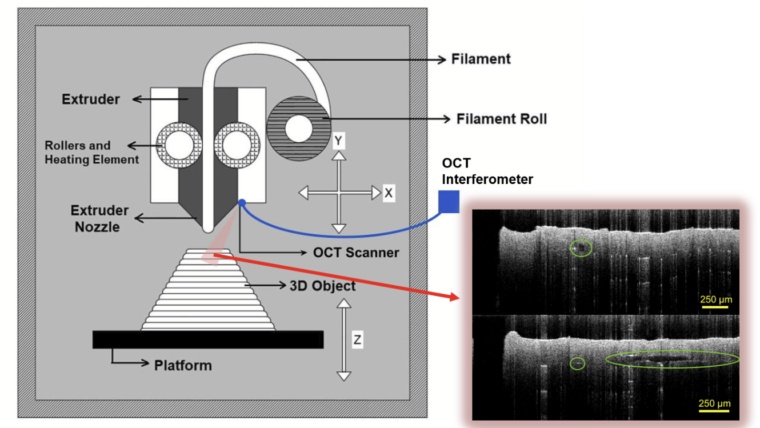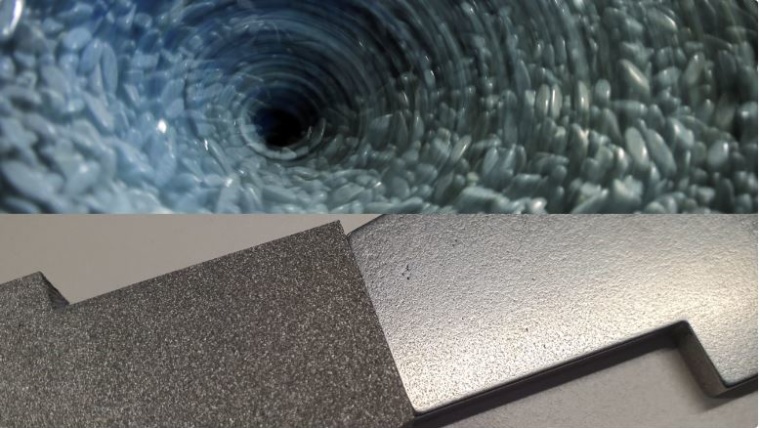ComSiComSa – 3D Composite Sintering with Compliant Salt Molds
2022 (Spring) Channel: General ideas an needs in the field of additive manufacturing
We want to develop a new technology to create complex components by 3D sintering, for bringing materials into complex shapes that cannot be processed by melting.
Nowadays, components from powder feedstock that requires sintering are processed either pressureless or via hot-isostatic pressing, leading to grain growth and high cost due to long processing times, high subtractive manufacturing efforts and material waste.
3D fast sintering by employing binder jetted molds and spark plasma sintering (SPS, <1h cycle time) can become an alternative manufacturing methods for tools (e.g., made from Stellites or Co-WC) and other components made from difficult to process materials, such as metal matrix composites (MMCs), metallic glasses, copper-based alloys or even ceramics.
For this, we intend to develop a method for creating lost molds which can be filled with the desired powder and then co-sintered by SPS. The first step targets to study feasibility, focusing on basics of sintering to yield dense, co-sintered components. Materials which do not require extreme temperatures to sinter are involved. A combination of functional and mold materials which is currently investigated by the applicant is Aluminium (or Al-MMC) and salt (NaCl).
To bring salt into the desired shape, we want to employ binder jetting. As this AM method is not available for processing salt, so it needs to be developed. Salt is a fragile material, and filling a salt mold with a powder as well as transferring to the sintering device will pose challenges. Processing multiple materials by sintering is hardly described in literature, and is a current research topic when it comes to complex shapes, for example at ETH Zurich. Without a simulation method available, an empirical procedure will be employed.
Salt is not a material currently available for AM, so non-ideal particle shape and size will be difficulties to consider. Therefore, the resulting shapes will exhibit low surface quality. The second part of this endeavour comprises mold (or shell) manufacturing by SLA, which is currently industrialized by the ETH start-up Sallea. As the salt shell will be deformed during sintering, the surface will still be compromised. Surface roughness, residual porosity and overall dimensions will be assessed. We will compare the resulting components to the ideal shapes and to components manufactured by other AM methods, e.g. direct binder jetting (and conventional sintering) or SLM (albeit with different material).




